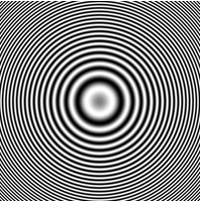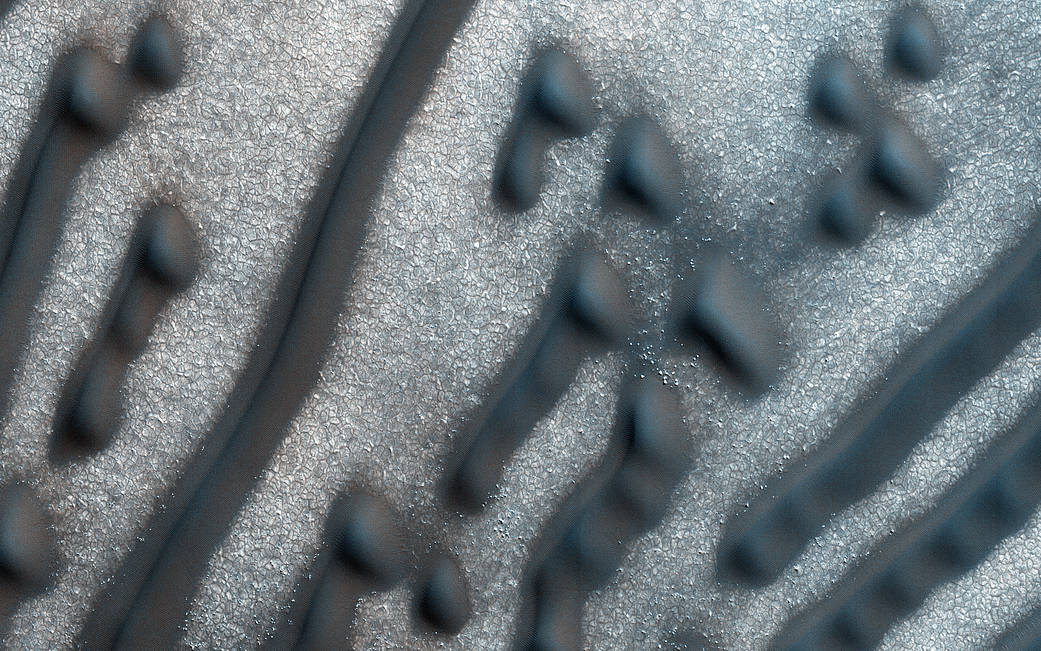DIMES on Mars
Steve Squyres' book, Roving Mars: Spirit, Opportunity, and the Exploration of the Red Planet, is a really fun read. Highly recommended.
I was particularly interested in DIMES, the Descent Image Motion Estimation System. In October 2001, a review of airbag test results indicated that the airbags to be used for landing ripped "repeatedly when the horizontal velocity at touchdown was high, and no reasonable amount of reinforcement seemed likely to solve the problem." [p. 126]
Horizontal velocity could be adjusted using rocket motors that were already on the spacecraft, but measuring the horizontal velocity was a problem. The sensor used in the Mars Polar Lander and Viking missions was too heavy, so the team decided to try adding a descent camera and a little image processing to measure the horizontal velocity.
The system worked well. On Spirit, DIMES gave "the onboard computer a good solution for what the horizontal velocity was during the descent. Then, in the final seconds on the parachute, at about three hundred meters above the ground, we got hit by a gust of wind that was blowing at least ten meters a second sideways. The chute started to tilt over, heading east and picking up speed. The gyros sensed the tilt, and the computer used the DIMES-sensed horizontal velocity and the gyro-sensed tilt together to figure out what was going on, firing one TIRS motor to kick us back in the other direction. Our horizontal velocity at touchdown was ten meters a second. Without TIRS and DIMES, though, we would have whacked into the southern wall of [the Bonneville crater] with a horizontal velocity between twenty-two and twenty-five meters a second, which is something like fifty miles an hour. Whether or not we could have survived a hit like that is a matter of conjecture." [pp. 264-265]
According to this NASA/JPL web page, DIMES is "is the first passive image-based system to estimate lander velocity during planetary descent."
The lead algorithm developer for DIMES was Dr. Andrew Johnson of JPL, who received the "JPL Lew Allen Award for Excellence for his groundbreaking contributions in the area of machine vision algorithms for safe and precise landing." Dr. Johnson coauthored a paper on the topic for the 2005 IEEE Computer Society Conference on Computer Vision and Pattern Recognition.









评论
要发表评论,请点击 此处 登录到您的 MathWorks 帐户或创建一个新帐户。